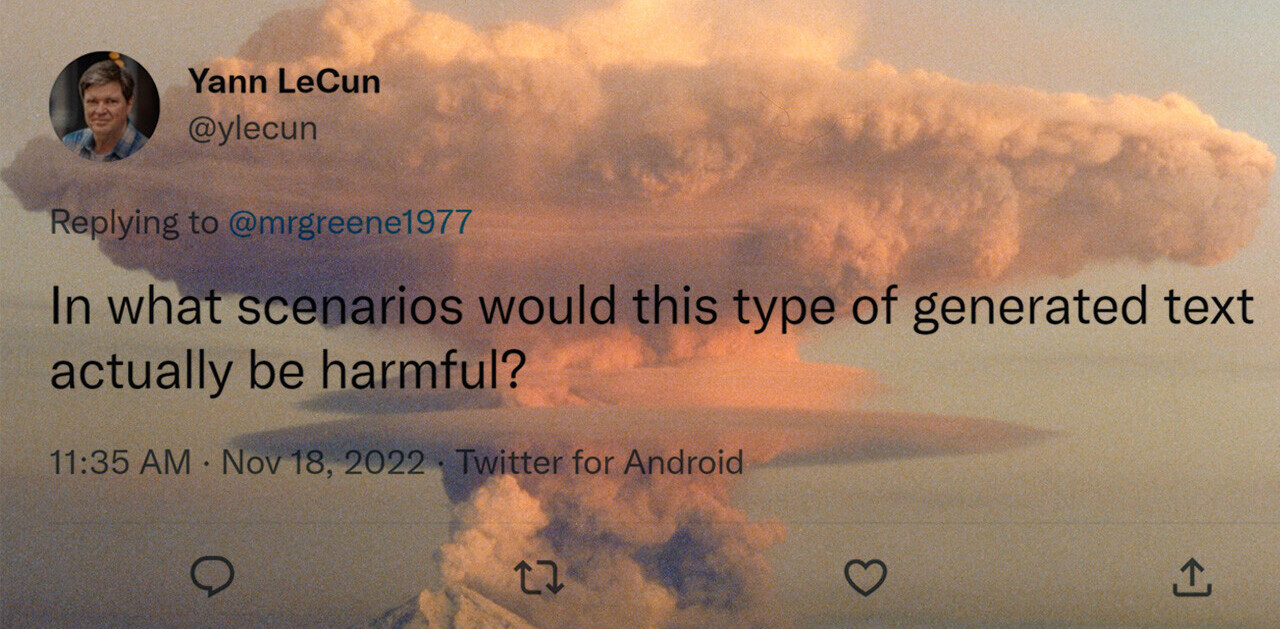
Twitter is undergoing the largest time of turbulence and change that it’s seen in years. Ever since ex-CEO Dick Costolo left and the company has been wandering in a CEO-less desert, we’ve seen the smartest changes on the horizon in years.
The latest rumors swirling are that Twitter might finally drop, or at least modify, the 140-character limit. The proposal internally is that the service will stop counting pictures, links and usernames in the 140 characters, as well as offering a new long-form option for what essentially amounts to blogging.
When the news broke yesterday, lots of people reacted in confused outrage that the core concept of the service is changing. Here’s the thing: it’s a good change, and it’s taken far too long for it to happen.
https://twitter.com/simonemccallum/status/649124150242471936
Twitter has flip-flopped over the years because it has been fundamentally scared to modify the core tenets of the service and it’s time to burn it down.
The company has slowly changed small things, like the ability to add four photos to a single tweet, or attach a rich card full of other details, but the core ‘tweet’ has remained largely the same. Changing that has been considered sacred.
The thing is, if Twitter is to ever go beyond its core audience, it needs to loosen the bounds. The service’s users have always out-innovated Twitter’s constraints by leveraging weird and wonderful workarounds, then the company often eventually adopts the idea. It’s time to flip that on its head.
Screenshorts, for example, are blocks of text highlighted from an article in a screenshot and attached to a tweet. Only gaining popularity recently, they’re now a widespread way to share the takeaway from articles beyond the 140 character limit.
Instead of A/B testing small tweaks into oblivion, Twitter should start messing with the core concept of what makes the service tick.
The loudest complainers will be the Twitter users of old, the power users who were there from day one. They most likely use the service through a third-party app, like Tweetbot or Twitterific, which provides a narrow lens of how the service works rather than the reality of what it is today.
With Twitter cards in the official apps, the service is truly at its strength. You can see a preview of an article, shop for clothes, watch a video and listen to a song all without leaving your timeline. It’s well-executed, but constrained right now. Power users are hesitant to switch back, because they’re weary of Twitter’s endless, awful A/B tests.
No other service has the sheer bulk of people posting publicly, with strangers. Facebook aspires to get people to do it, but it’s an uphill battle that hasn’t been solved yet.
Twitter’s problem is reaching new people, and the constraints it has limit that appeal. Once they’re ‘in’ they get it, but that’s not easy.

To outsiders, the character limits, limited username availability and other limitations are alien, confusing and hostile.
The people that Twitter hasn’t reached have likely never encountered the idea that you get a handful of characters to write your thoughts. Why the hell would you be limited to 140 characters, minus the link and username, when other services give you whatever you want?
It’s harder to get a reasonable length username than ever, and it’s even harder to share a any sort of developed opinion in the space left alongside a URL. There’s less space than ever before, yet we’re still stuck with 140 characters.
Even worse, for new users Twitter still recommends you follow celebrities and brands instead of people who might actually engage with you. It’s impossible to discover what’s actually going on in the world, without following a ton of people.
Twitter of 2009 was a place for tweets about lunch, arguing with strangers and sharing mindless thoughts within 140 characters and little more, but the internet has changed since then.
Today, social media is much richer and accessible — the hard 140 character limit just doesn’t cut it any more.
I get why the character limit exists, and do think that the concept of it should remain, but there are plenty of creative ways to give back those characters without fundamentally killing the ‘tweet.’ Metadata is the key.
If Twitter stops making usernames, links and any sort of attachment count toward the character limit, my bet is the service will change for the better. Launching a long-form option that allows essays to exist within a ‘quote tweet’ style would mean people stop sharing those thoughts off-service. It’s all just metadata.
It’s likely an internal struggle for Twitter, which wants to retain the charm of the service while fundamentally making it more open for others. Instagram just went through the same existential crisis, as it dropped the square limitation for images, but it’s come out of it for the better.
It’s time for Twitter to fearlessly rethink what a ‘tweet’ is and not let the past drag it down — hold nothing as sacred, and redefine the service as a whole. I can’t wait for them to do it.
Get the TNW newsletter
Get the most important tech news in your inbox each week.




